Vishay Intertechnology, Inc. recently announced that the company’s facility in Borgaro Torinese, Italy, has received a research results R&D grant from the European Union and the Regional Government of Piedmont for its Silicon Laser Annealing (SiLA) project. The project will focus on the study and development of advanced low temperature processes to locally and selectively control the energy transferred to chips during fabrication.
The automotive market sector is continually increasing the efficiency of full-electric engines, which is driving the definition of new design rules for their electronic components. As a world leader in power semiconductors, Vishay’s goal is to meet the need for advanced 600 V to 1200 V diodes, IGBTs, and MOSFETs for electric (EV) and hybrid electric (HEV) vehicles. With the SiLA project, the company will apply thin wafer technology to its FRED Pt® fast recovery diodes to improve their electric and thermal behavior, and guarantee efficiency improvements for energy conversion in battery chargers and motor controls for powertrains. This will allow for a further acceleration of new device adoption in the e-mobility market.
The main objectives of the SiLA project are to study and develop laser annealing technology to obtain: thermal dissipation improvements; reduced energy losses from conduction and switching; increased roughness in dynamic conditions; and a definition of new technological processes based on scientific activities fully developed in the Piedmont area. A project partner specializing in power lasers will share different laser sources and its know-how to realize an engineering laser system. All activities will be used as milestones and baselines to support the development of a new Vishay diode family and fabrication process.
Funding for the SiLA project (codes 337- 296 and 338- 296) grant was provided through Regional Operational Program (ROP) ERDF 2014-2020, Axis1, Act. I.1b.1.2 PRISM-E Call 2018 to support, in synergy with local partners’ R&D efforts, activities for developing new technologies.

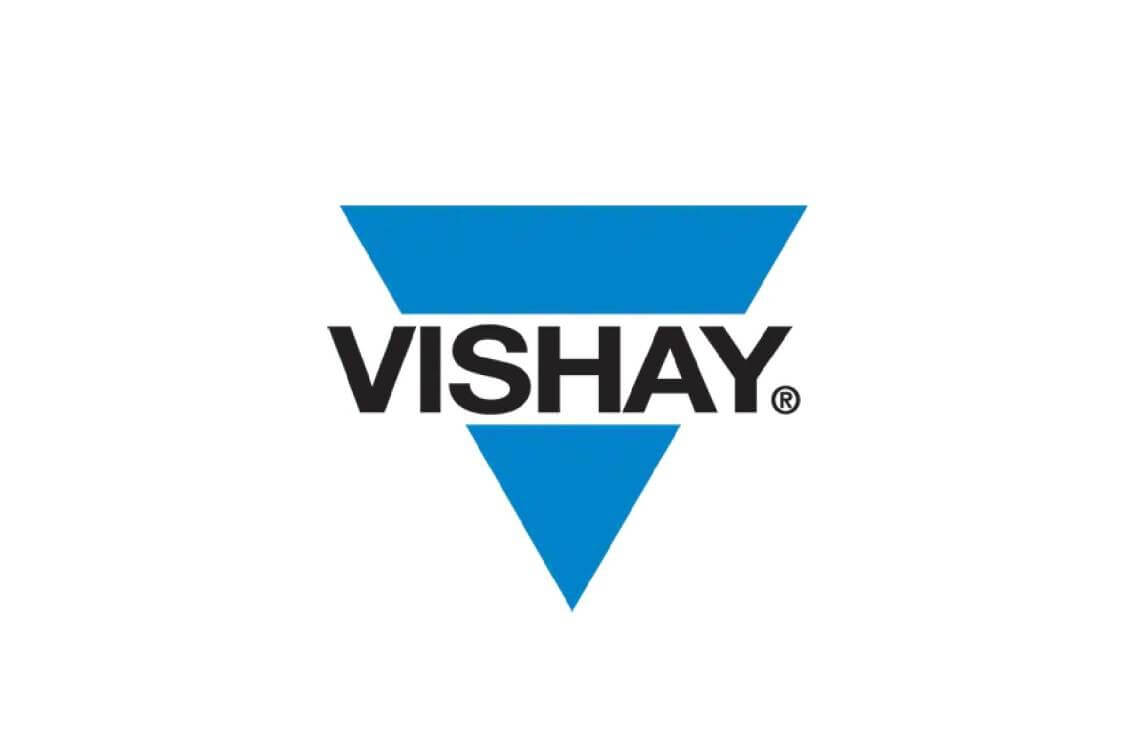






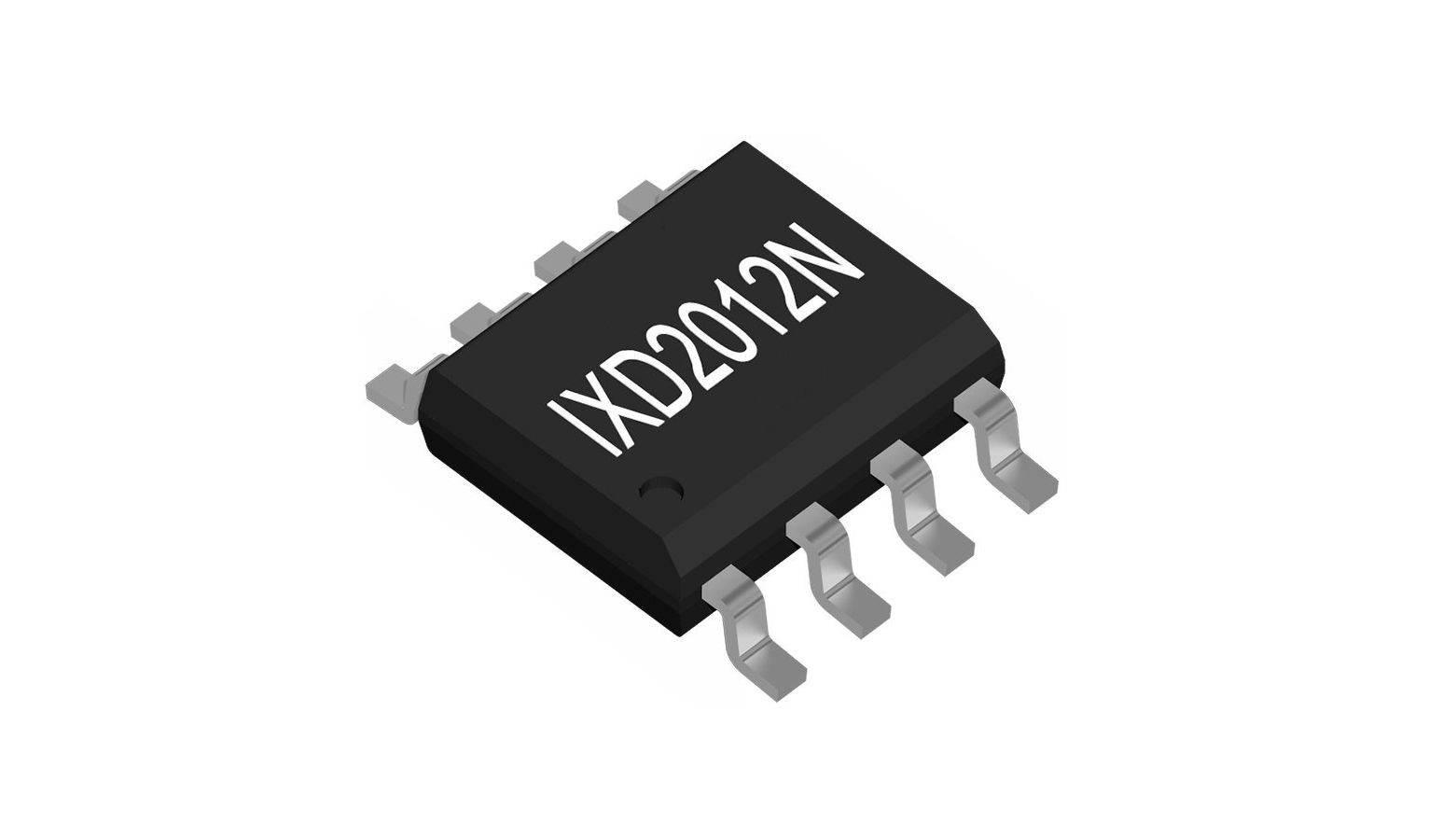
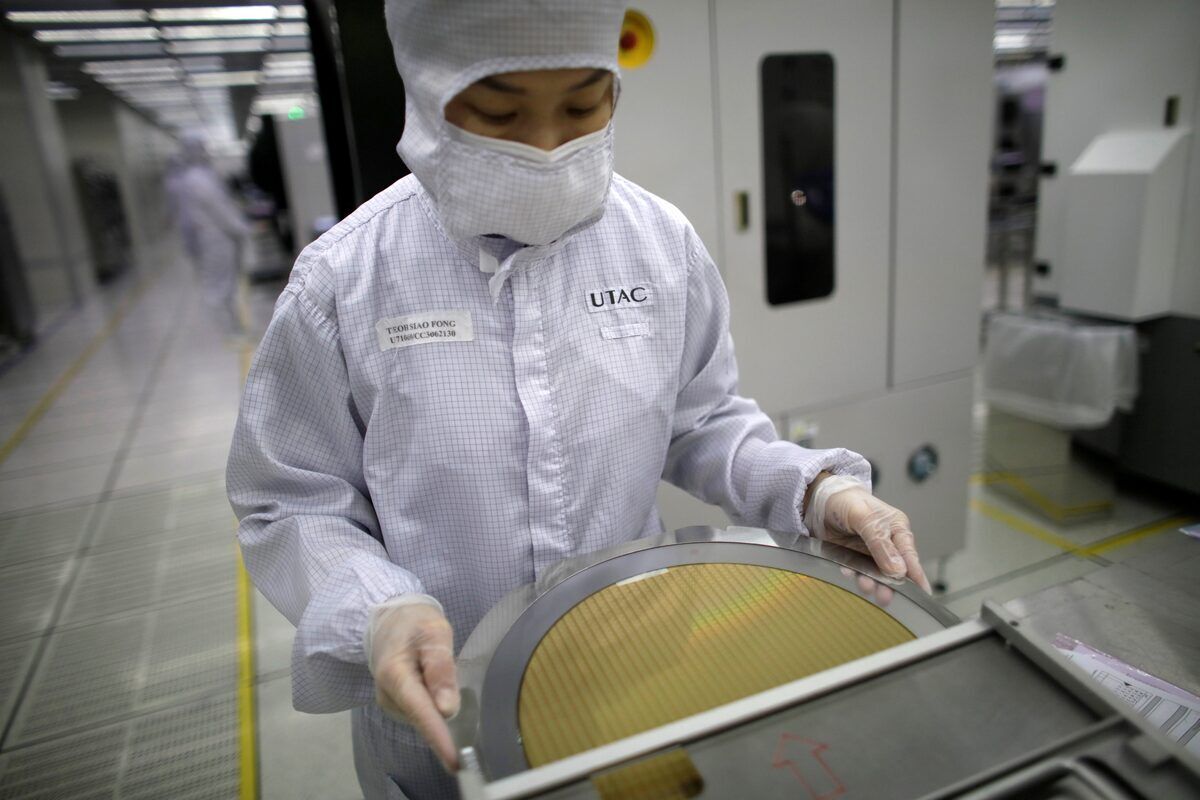
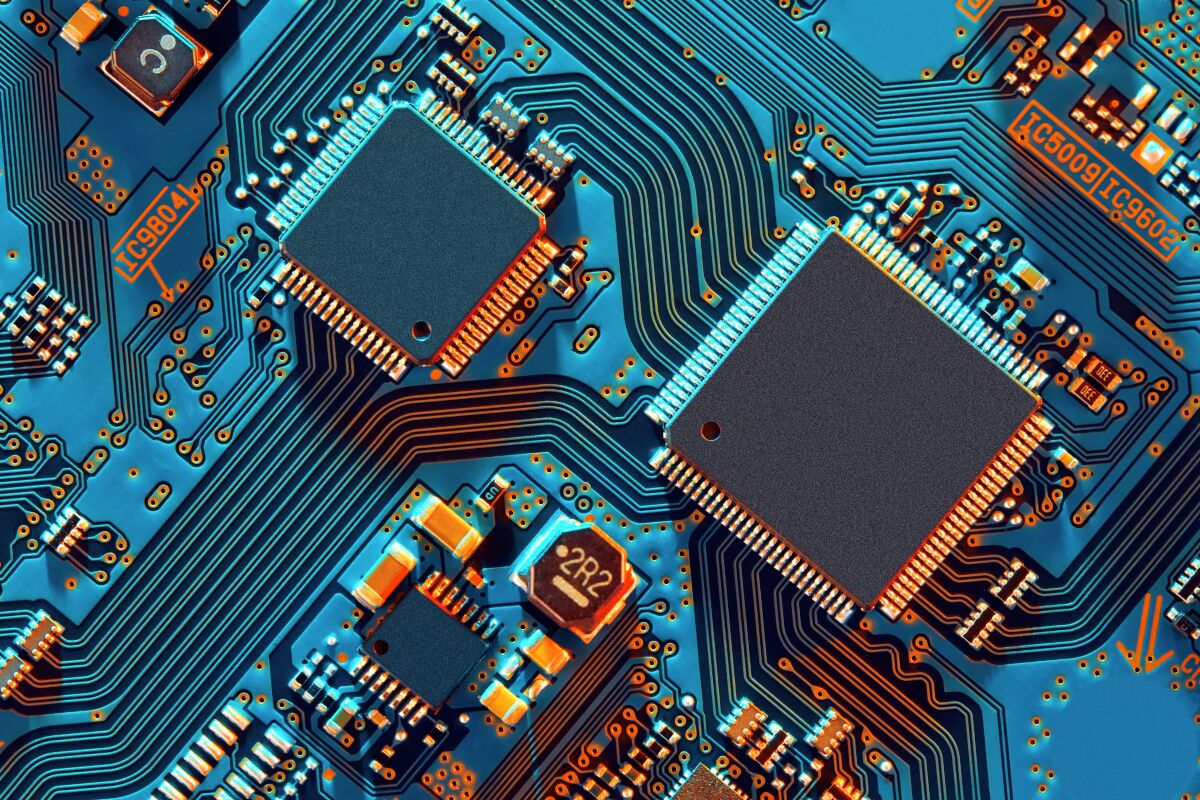
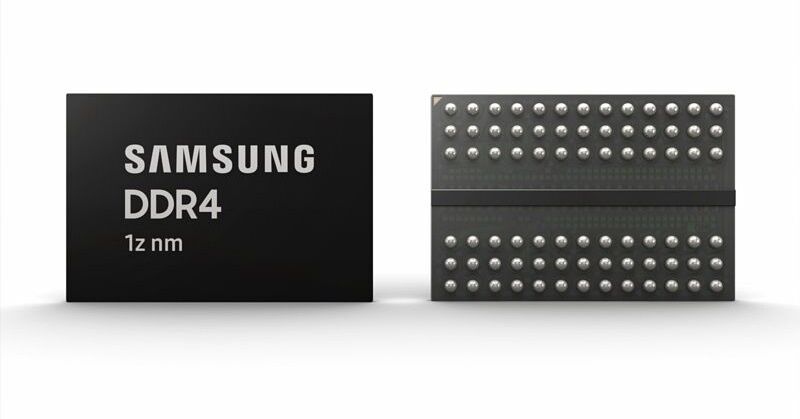
All Comments (0)